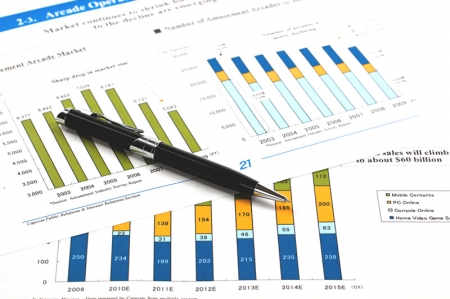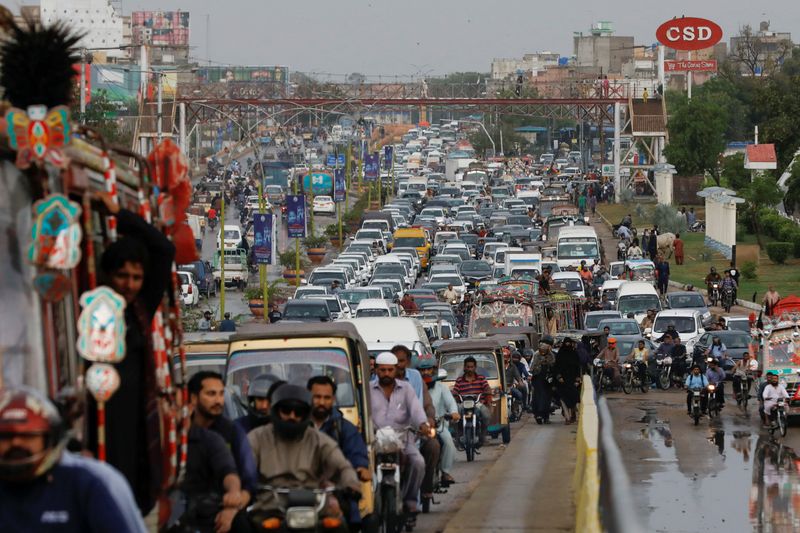What’s Wrong With South Korea’s Economy?
South Korea is a poster child for 20th-century economic miracles. From war-torn rubble to a trillion-dollar economy, it became...


South Korea is a poster child for 20th-century economic miracles. From war-torn rubble to a trillion-dollar economy, it became a powerhouse of semiconductors, shipbuilding, and—let’s not forget—K-pop. But beneath the surface of shiny BTS billboards and Hyundai innovation lies a chilling truth: South Korea is quietly unraveling.
In 2025, it is the world’s most rapidly aging country, its fertility rate is the lowest ever recorded in human history, and its economic growth is stalling. President Lee Jae-myung himself warned that the nation faces “a tangled web of crises,” but how did we get here?
1. The population bomb that has already exploded
To maintain a stable population, the replacement fertility rate needs to be 2.1 children per woman. South Korea’s fertility rate in 2023? A record-shattering 0.72—the lowest ever measured by the UN anywhere. In Seoul, it dropped even lower to 0.55. These aren’t just statistics; they’re symptoms of a disappearing society.
If these trends continue:
- 100 people today = 36 in the next generation
- = 13 the generation after
- = 5 within four generations
By 2060, South Korea's population will shrink by 30%, losing nearly 16 million people. Half the population will be 65 or older. Children will make up less than 1%.
2. Demographics and economic death spiral
South Korea's economy is tethered to its labor force, and it's in freefall. In 2025, there are about 37 million people of working age. By 2060, that will fall below 17 million. Even if automation advances, the loss in workforce is too steep to offset.
Economic warning signs:
- Q1 2025 GDP contracted 0.2% — a red flag.
- PMI data indicates the worst manufacturing slump in 5 years.
- South Korea is on track to become the first high-income nation to shrink economically due to demographics.
In simple terms: fewer workers = less production, less consumption, fewer taxes = more national debt.
3. Pension time bomb and senior poverty
South Korea’s National Pension Fund—one of the world’s largest—is worth about $730 billion. But it's projected to run dry by the 2050s. Why? Because there won’t be enough young workers to support retirees.
To maintain the current pension structure, you need at least 2.5 workers per retiree. But by 2060, South Korea will have less than one.
Today, 40% of Korean seniors live below the poverty line. Imagine what happens when that number doubles and the pension fund is empty.
4. Cultural extinction: the fading Korean soul
Between 2000 and 2020, South Korea exported not just phones and chips but culture. The 25–45 age group gave us K-drama, Blackpink, Parasite, and kimchi diplomacy. In 2000, they made up 37% of the population.
By 2060? Only 16%.
With fewer young people:
- Universities and schools will shut down
- Traditional arts will vanish for lack of apprentices
- K-culture may become a relic of the past, not a global export
And worse: 50% of people will live alone. Loneliness is now a public health concern.
5. Why is this happening?
South Korea didn’t randomly choose to self-destruct. It’s a brutal convergence of culture, economics, and gender imbalance:
- Crushing work culture: 52-hour legal weeks (some companies proposed 69 hours!), unpaid overtime, and soul-crushing competition from school age.
- High cost of living: Skyrocketing property prices, expensive private tutoring (hagwons), and underwhelming wages make family life unaffordable.
- Rigid gender norms: South Korean men do the least housework of any developed country. Women are expected to juggle careers and caregiving, with little support.
- No room for single mothers: Only 4.7% of births are to unmarried women, compared to 40–60% in many developed countries.
Enter the “4B Movement”—a growing number of Korean women are saying no to dating, marriage, childbirth, and patriarchal norms altogether.
6. Is there any way back?
There are small signs of hope. In 2024, births rose for the first time in nine years—a 3% increase—due to expanded subsidies and local initiatives.
But experts agree: South Korea must radically transform if it wants to survive.
- Legalize and support non-traditional families
- Increase government childcare spending (currently among the lowest in the OECD)
- Encourage immigration and rethink military service
- Overhaul work-life balance and gender roles
This is not just a numbers game. It’s about reimagining what Korean life, work, and family should look like in the 21st century.
A nation on the brink
South Korea isn’t dying because people stopped loving their country. It’s fading because society made having a future, via family, joy, and work-life balance, unaffordable.
If that doesn’t change fast, we might lose more than just GDP. We might lose the beating heart of a culture that once took the world by storm.






![X Highlights Back-to-School Marketing Opportunities [Infographic]](https://imgproxy.divecdn.com/dM1TxaOzbLu_kb9YjLpd7P_E_B_FkFsuKp2uSGPS5i8/g:ce/rs:fit:770:435/Z3M6Ly9kaXZlc2l0ZS1zdG9yYWdlL2RpdmVpbWFnZS94X2JhY2tfdG9fc2Nob29sMi5wbmc=.webp)
























































































































































































